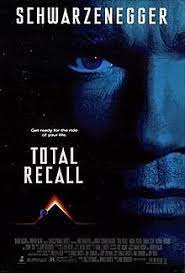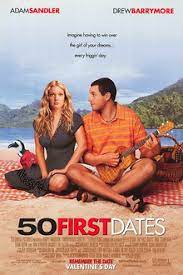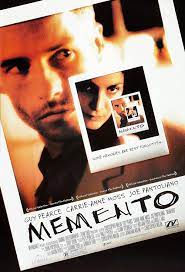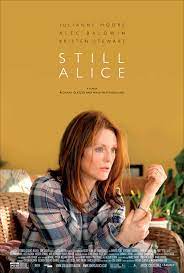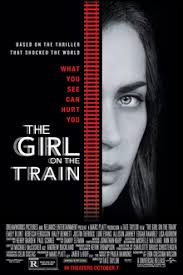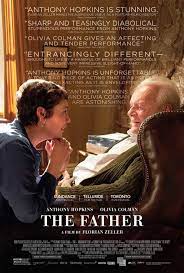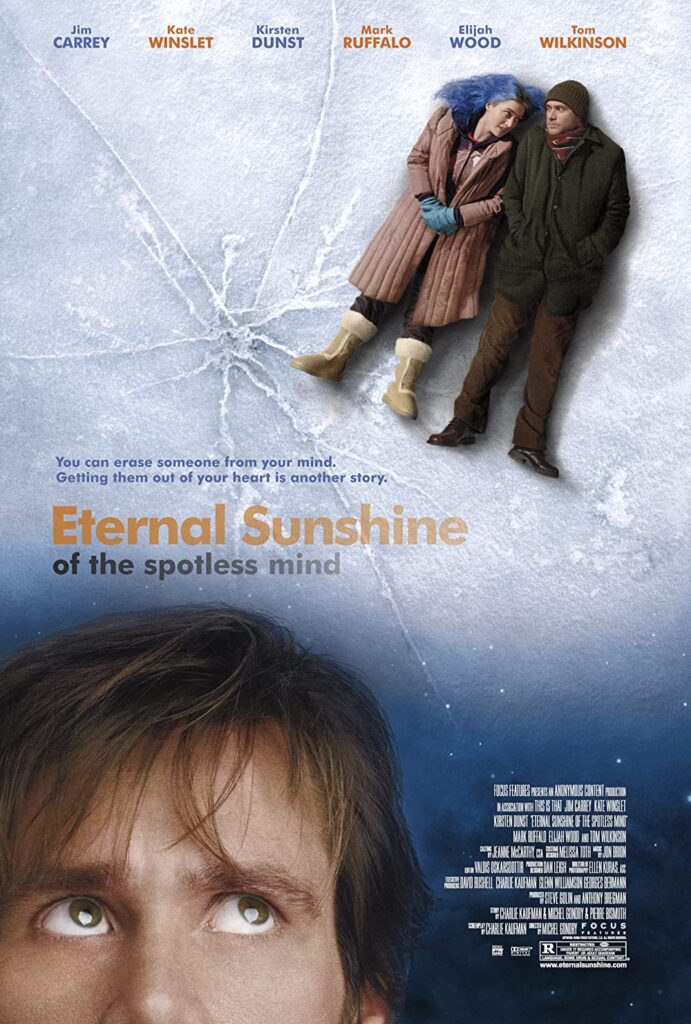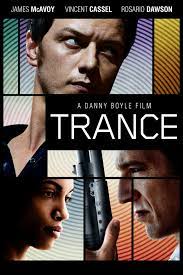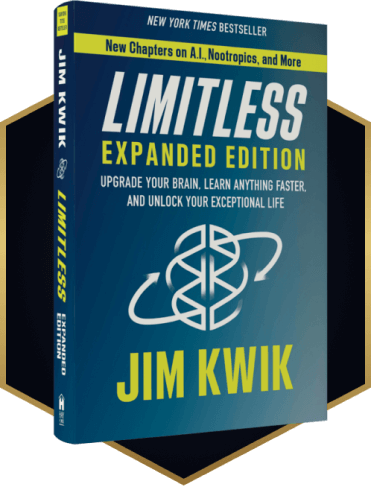Reading is one of the best brain exercises you can do and why you should make reading a habit for your kids. It builds vocabulary, develops empathy, fosters creativity, and encourages imagination. In whole, it’s a brain-nourishing experience. And that’s why it’s such an essential skill for children.
Young brains are hungry for knowledge, and books are one of the best ways to feed that hunger. Studies show that early readers have more confidence, develop stronger critical thinking skills, and perform better academically. All of this leads to a higher probability that they’ll be successful later in life. Here are five reasons you should help your child develop a reading habit.
Enhances Brain Performance
Reading boosts brain health and develops new neural connections. The younger you start this process, the more your brain develops. Specifically, reading helps develop concentration and attention. In kids, this means improved performance in school, helping them learn the skills to make them successful later in life.
Reading also exercises your entire brain. It develops imagination by encouraging your children to build the meaning of the written text in their mind. Stories helps children learn how to think critically and analyze the plot. It sparks curiosity, prompts problem-solving, and improves logical reasoning. And by starting a reading habit young, you’re helping lay a firm foundation for success and growth.
Enhances Vocabulary
Books expose your children to an abundance of words. They learn how to turn sounds into words, can intuit definitions through the context of the story, and recognize grammatical concepts. These language skills them help develop communication skills that allow them to express themselves easily and accurately, which creates deeper, more meaningful relationships.
Building your child’s vocabulary at a young age helps them learn how to convey complex ideas and thoughts. This fosters a love of knowledge and learning, but also helps them develop empathy and a genuine curiosity about the world around them. They’re more likely to ask questions, seek answers, and have the confidence to solve hard problems.
Adds Knowledge
Books are a vital source of information. It doesn’t matter what topic you’re looking for, there’s a book on it. Astronomy, biology, geography, music, psychology, and more are available in abundance. And with many libraries offering online resources, the information has never been easier to access.
The more your children read, the more knowledge they can gain. They can learn about recent discoveries, new inventions, current affairs, the latest in medicine, and many other important advances in our constantly changing society. We live in the age of information, making knowledge a valuable resource and currency. Helping your children understand how to not only find this information, but analyze and interpret it, is pivotal for their future success.
Improves Memory
Reading strengthens memory. Your child has to remember who characters are, what happened with various plot elements, and remember key story details. This helps keep them engaged in the material and strengthens concentration and attention-span.
According to research, habits like reading and writing stimulate the brain, both help with memory. One study showed that people with good reading habits experienced memory loss at a much slower rate than those who didn’t. Developing a regular reading habit in childhood—especially when the habit continues into adulthood—results in better brain health as you age.
Boosts Writing Skills
Kids who read learn how to translate those skills into their own writing. They learn how to express their thoughts and feelings on the page, and because they’re used to seeing grammatically correct sentences and structure, it’s easier for them to create that as they write.
The younger your children develop these skills, the more these abilities become engrained in them. It makes good writing almost second nature as they grow older. Their understanding and comprehension of language is strong, but reading also helps cement grammar, punctuation, and other more nuanced aspects of written communication that will take them far in their continuing education.
Emotional, Social, and Creativity Development
It may not seem like creativity is an important social skill, but it helps build emotional and social capabilities. They connect with characters while imagining the potential avenues for how the story will unfold and the characters will successfully accomplish their goals. This helps them recognize when others struggle and how they might offer a helping hand.
Regular reading improves these socialization abilities, and gives your children confidence when they identify words, phrases, and sentences and can use them while speaking or writing. They learn to see the world through the lens of possibility, which opens their curiosity, openness, and agreeability. You can help by choosing age-appropriate books for your kids and take part in reading activities with them.
Conclusion
Reading at an early age is very beneficial in child development. Children learn to communicate better, express themselves, and develop social skills. Reading creates awareness and encourages social interaction in children, and it develops confidence that leads them to be successful in life. It enhances emotional sensitivity, creativity, and deep thinking. Another major benefit of reading is that it sharpens memory and encourages your children to use their imagination to visualize stories in words.
If you want to learn more about how you can maximize your kid’s reading potential, watch this video:
